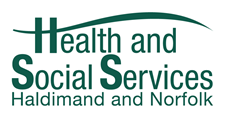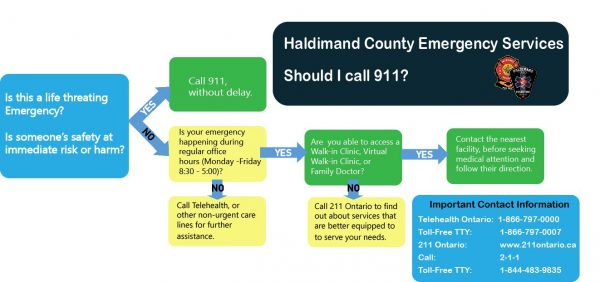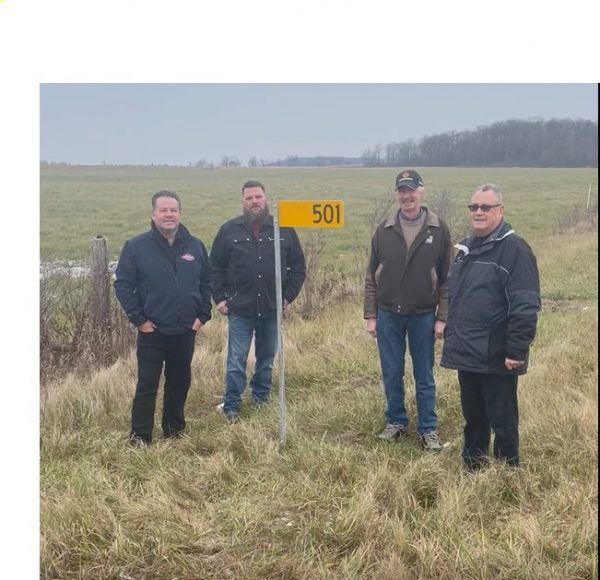Collaboration Between Social Services and Community Paramedics Serves to provide Street Outreach to Vulnerable Residents
Haldimand-Norfolk Housing and Homelessness Prevention services has teamed up with the community paramedic programs in both Haldimand and Norfolk to provide street outreach and housing-related follow-up support to assist people who are experiencing homelessness.
A new collaboration between community paramedics in both counties and specialized outreach workers reduces barriers to care faced by vulnerable, underserved, and hard-to-reach residents. The goal is to connect people to services they may require, including housing and health care.
“We recognized this as an opportunity to be proactive and meet people where they are, making the services more accessible and responsive,” said Louise Lovell, program manager for Haldimand-Norfolk Homeless Prevention Services. “Combining a social services staff member and a community paramedic offers a wider range of services to more people.”
Sarah Page, chief of Norfolk Paramedic Services, and Jason Gallagher, fire chief and manager of Haldimand Paramedic Services, both expressed praise for this partnership. “Expanding our community paramedicine programs to provide access across our counties to those in need of care outside our normal health care system is what we are striving to accomplish,” said Sarah Page. “Both Chief Gallagher and I recognize that this partnership with Haldimand-Norfolk Social Services highlights our regions’ ability to collaborate and find innovative solutions in rural areas for health care delivery and access to support.”
The pilot began early in 2022 and is expected to continue through the end of the year. The teams are deployed in Haldimand on Tuesdays and Norfolk on Wednesdays. Members of the general public or agencies that have clientele that might be served by a visit can call the following numbers: in Norfolk: 519-426-6170 or 519-582-3579 or in Haldimand: 905-318-6623 at Ext. 3134 and a team can be deployed. Callers are asked to provide a specific location or a description of where they have seen people.




